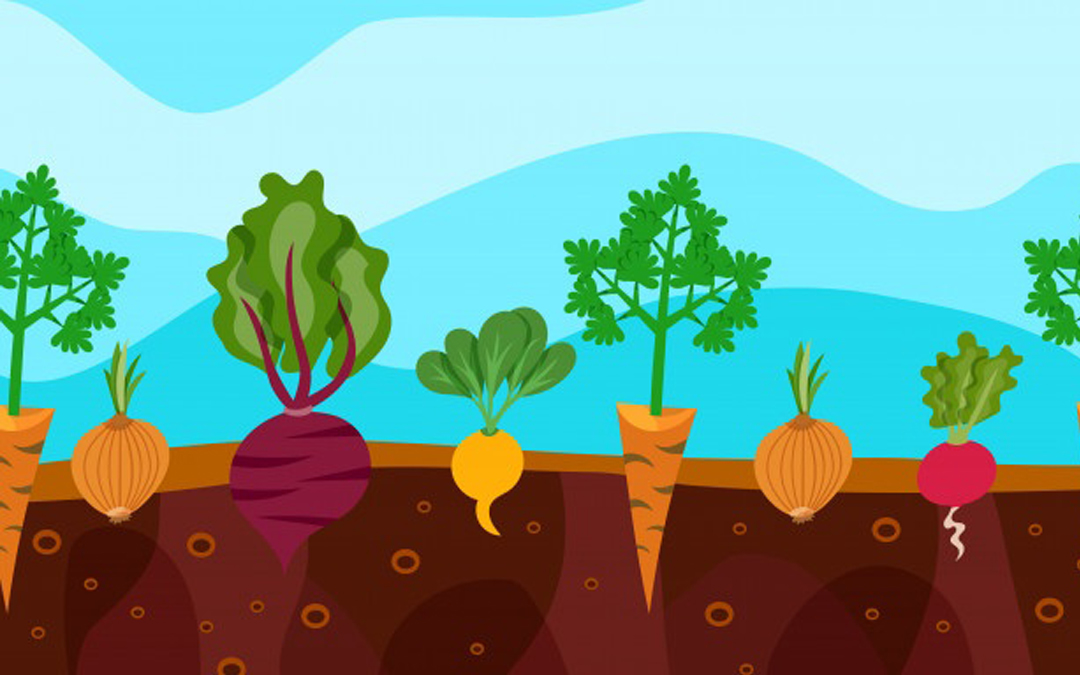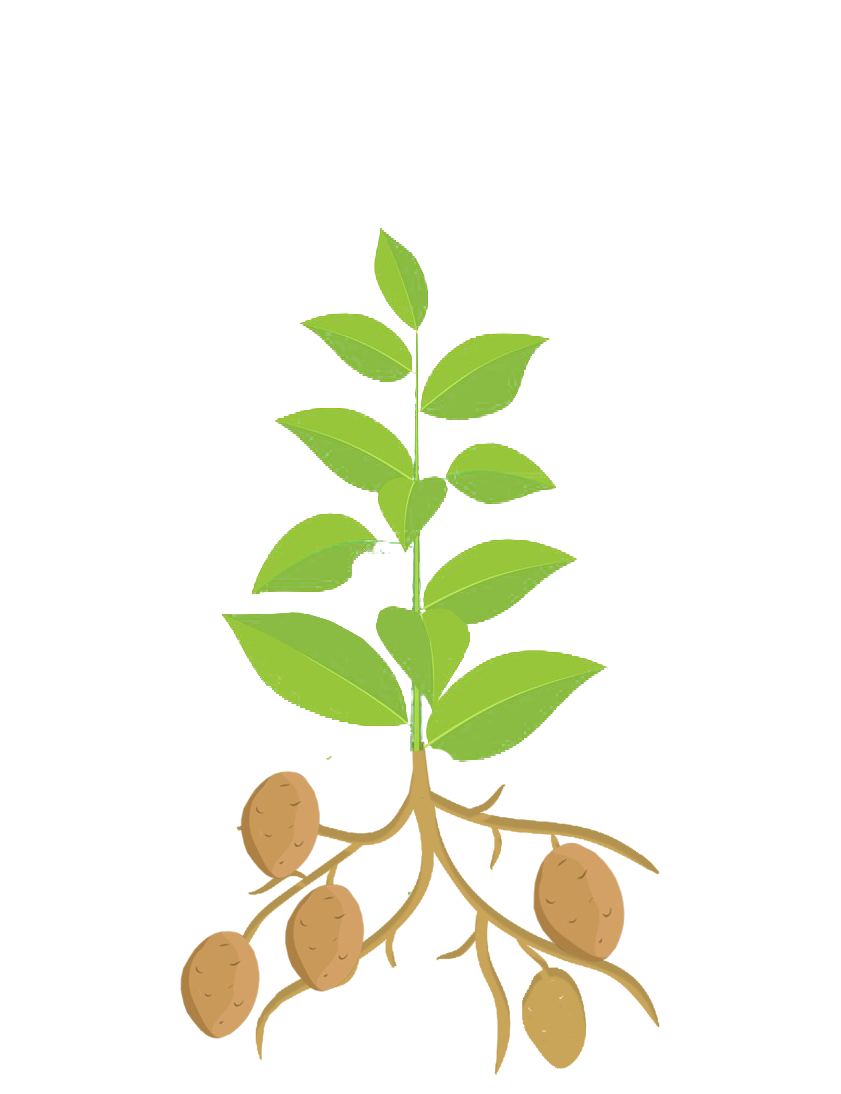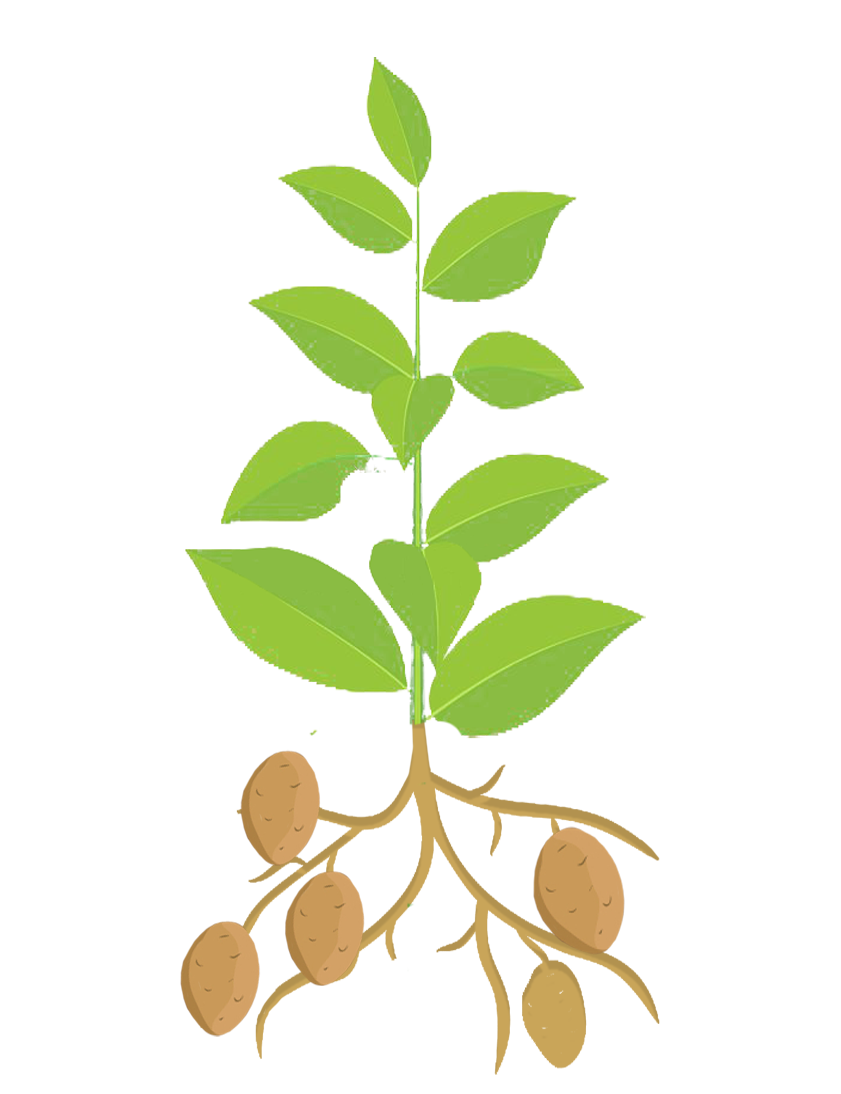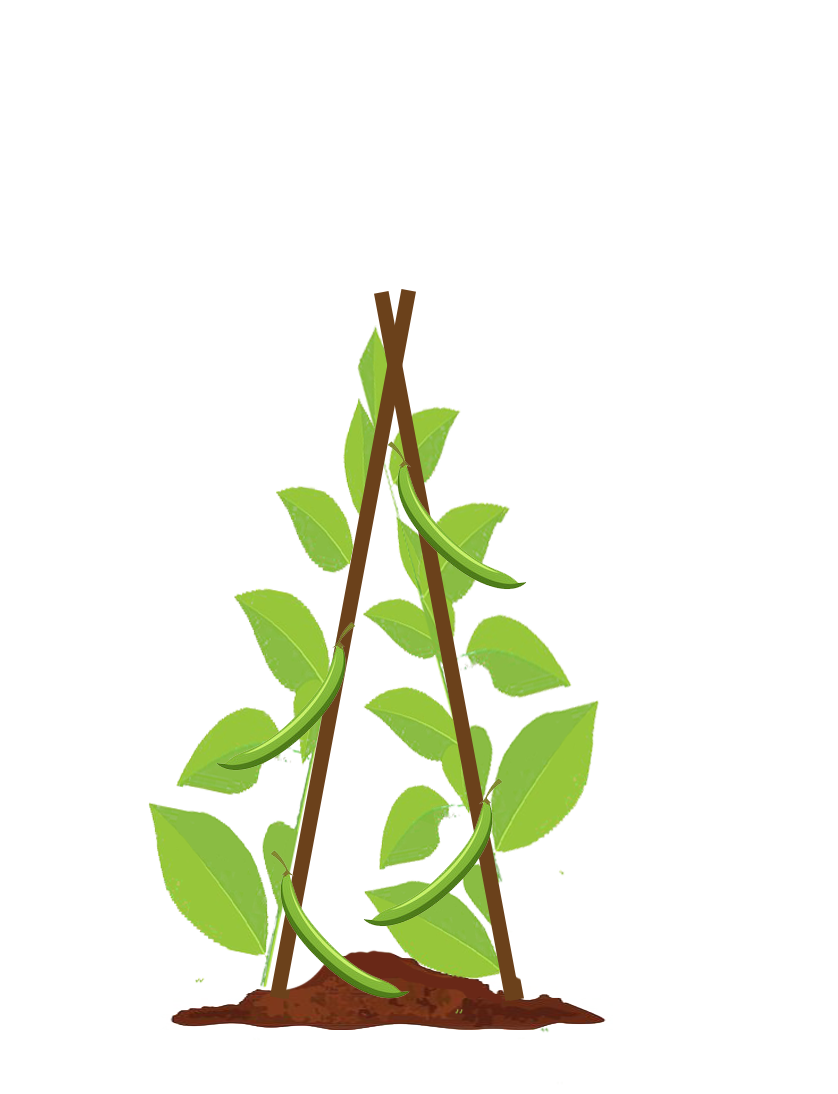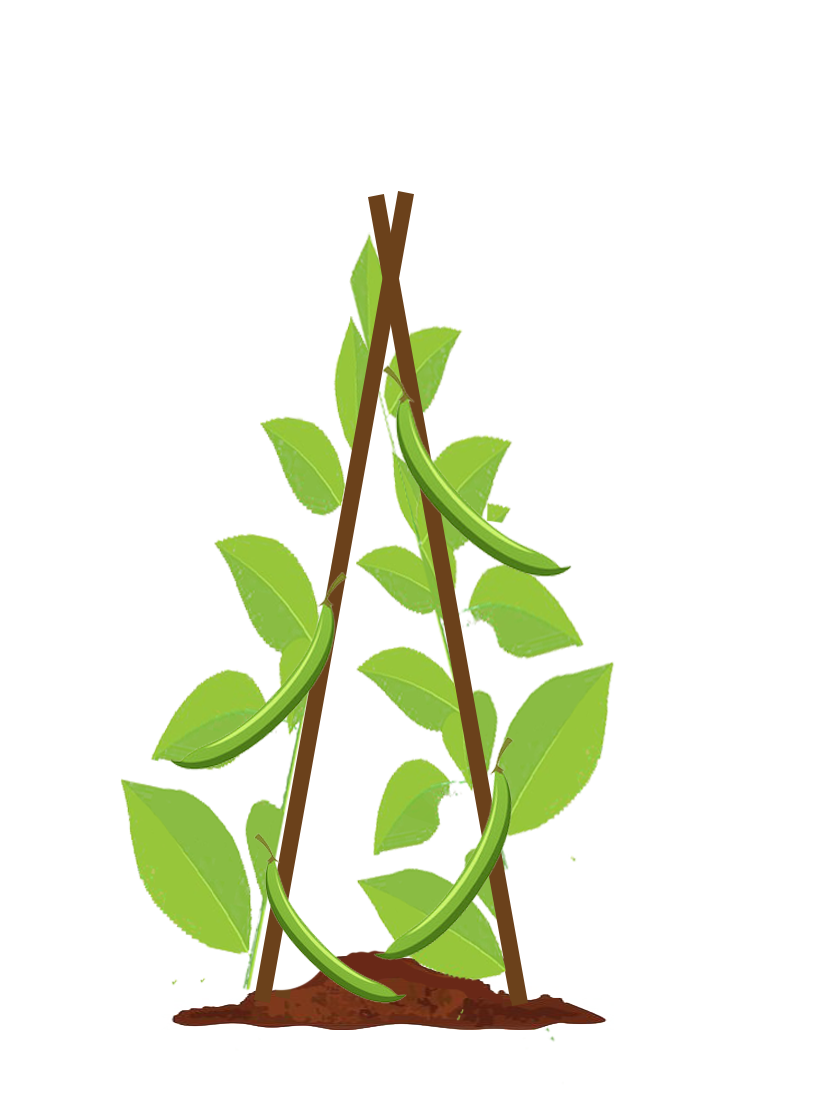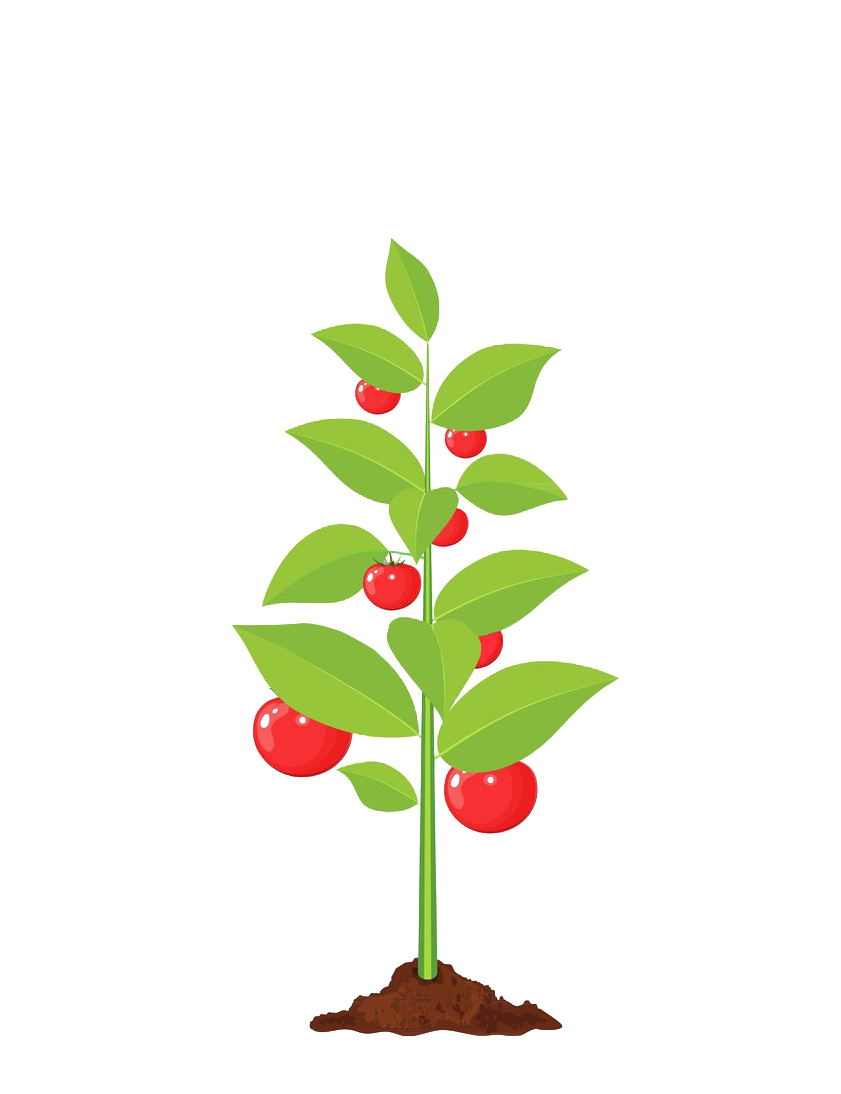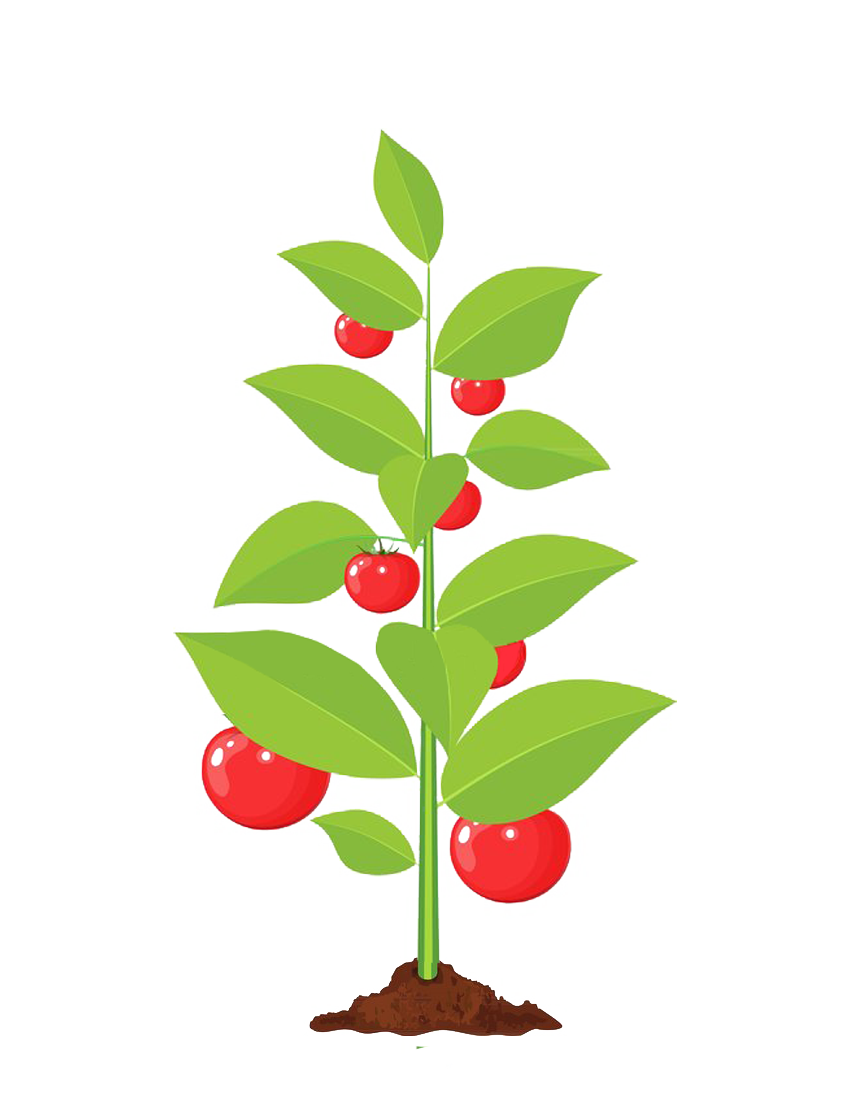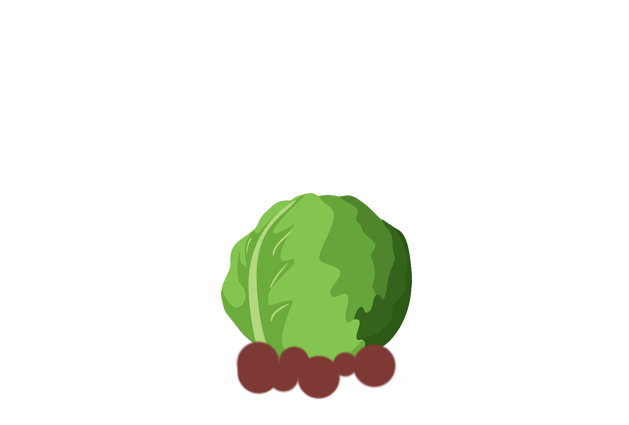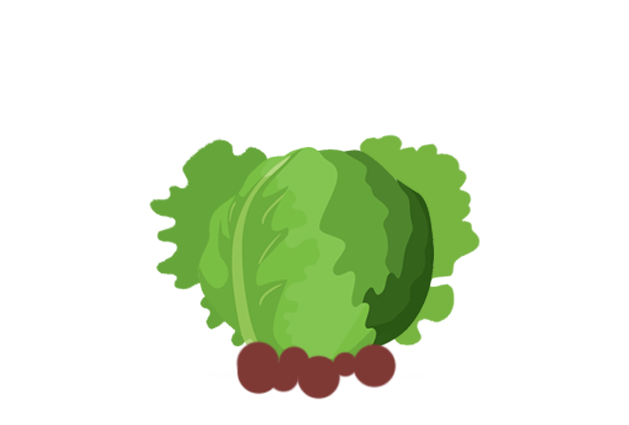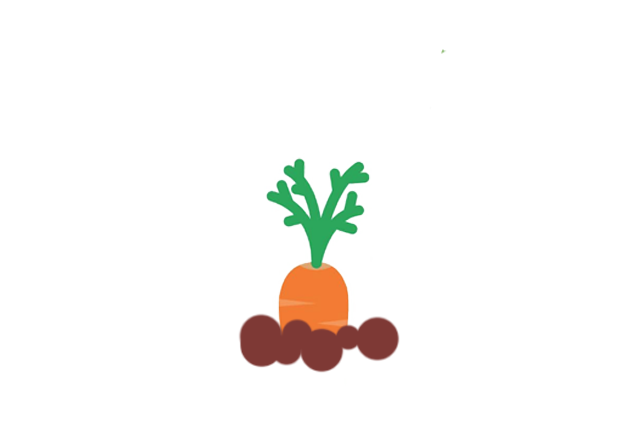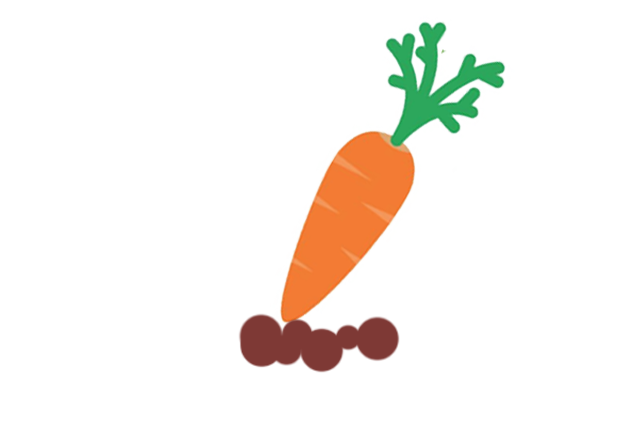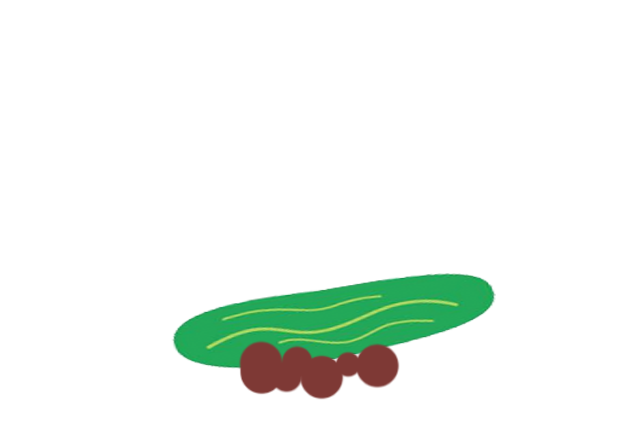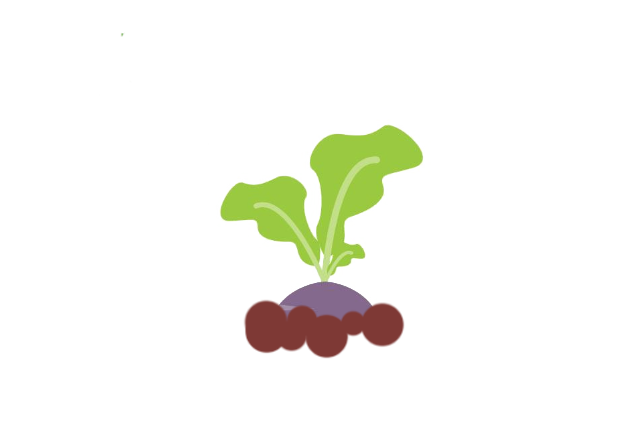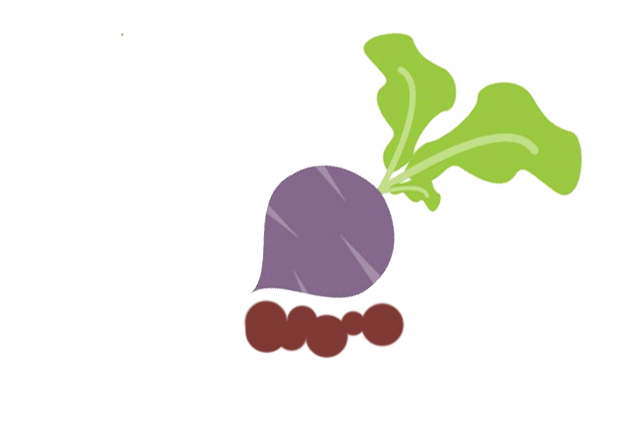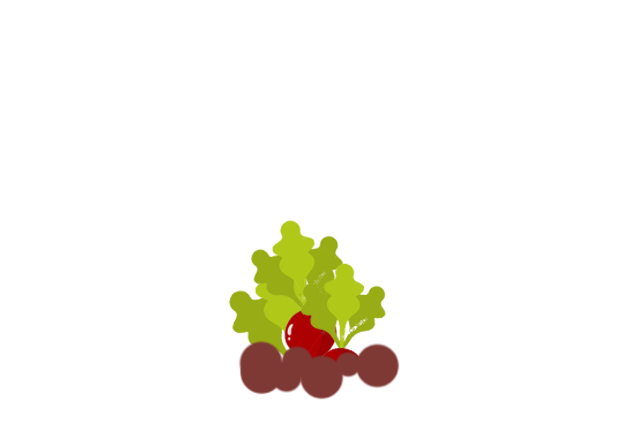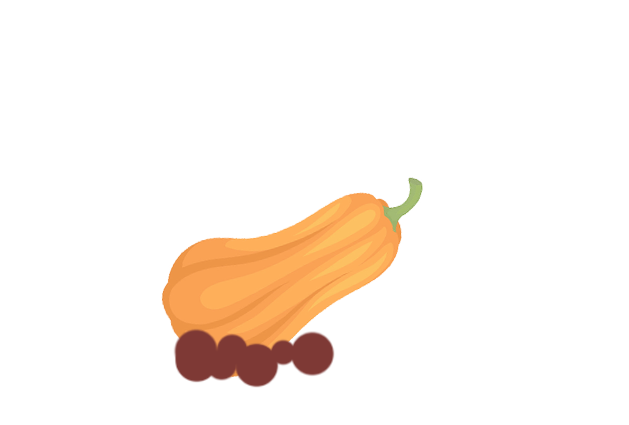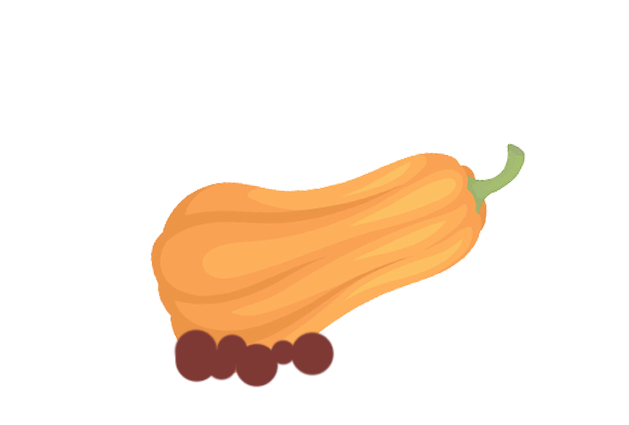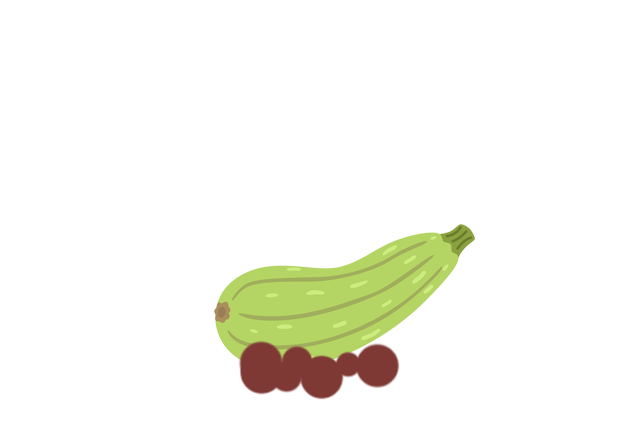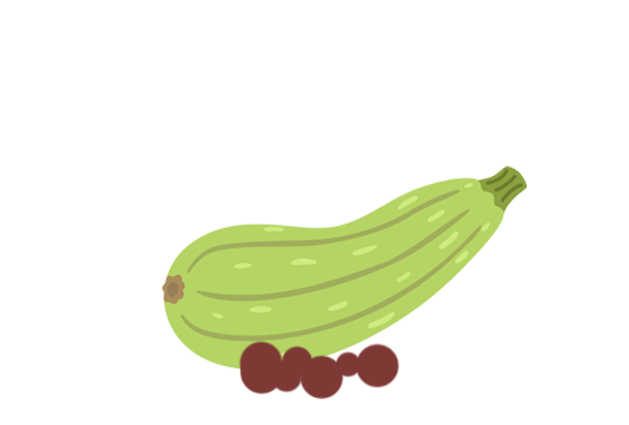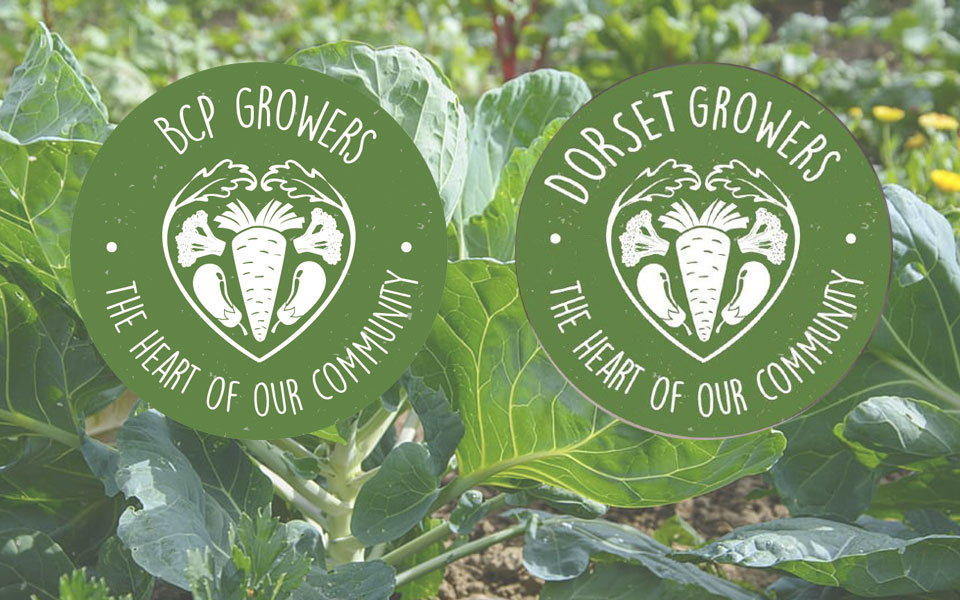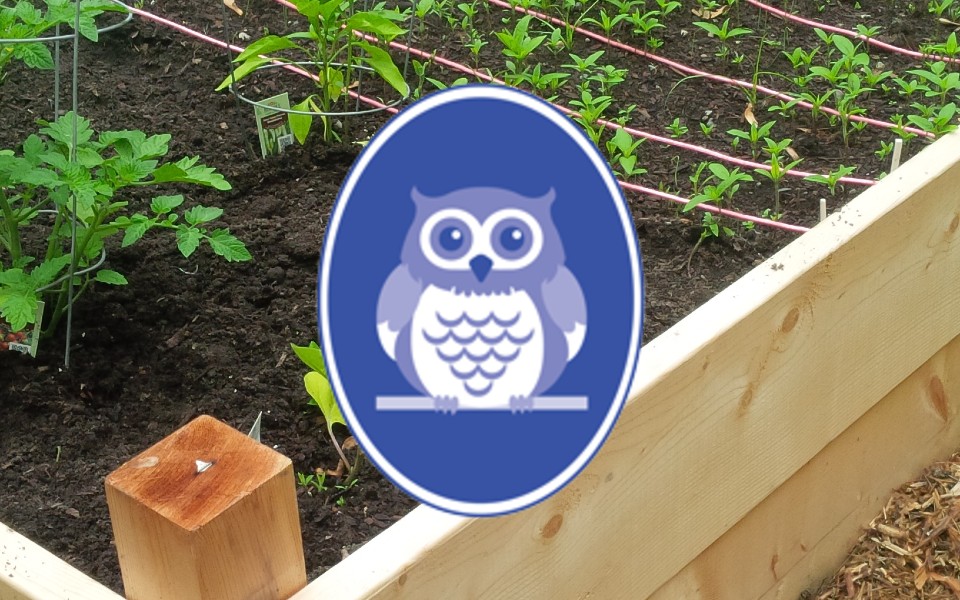
New Forest Mindfulness
March 27, 20206,000 lbs of food on 1/10th acre – Urban Homestead – Urban Permaculture
April 29, 2020Our Virtual Vegetable patch
We are going through the same shared experience and, whether through pandemics or climate change, our food may not always be as readily available as now. Let's reduce our reliance on supermarkets and grow our own? It's cheap, it's easy, its tasty and you don’t even need a garden. We'll give you some tips if you like.
It is so useful to learn how to become self sufficient now, as the likelihood of needing this skill for the future is almost inevitable. Due to the climate crisis, our planet is warming at such a rate, that we could well experience an even greater chance of crop failure and prolonged drought, sentencing us in the UK, to both food and water insecurity. A very frightening prospect
Between 44% - 50% of all greenhouse gas emissions come from the global food system. It has also been calculated that it takes 1000 litres of water to produce 1 litre of cows milk.See Below
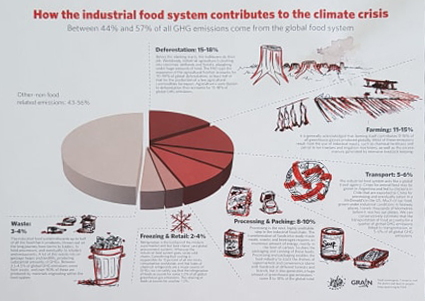
See the Green Living Guide
Read More
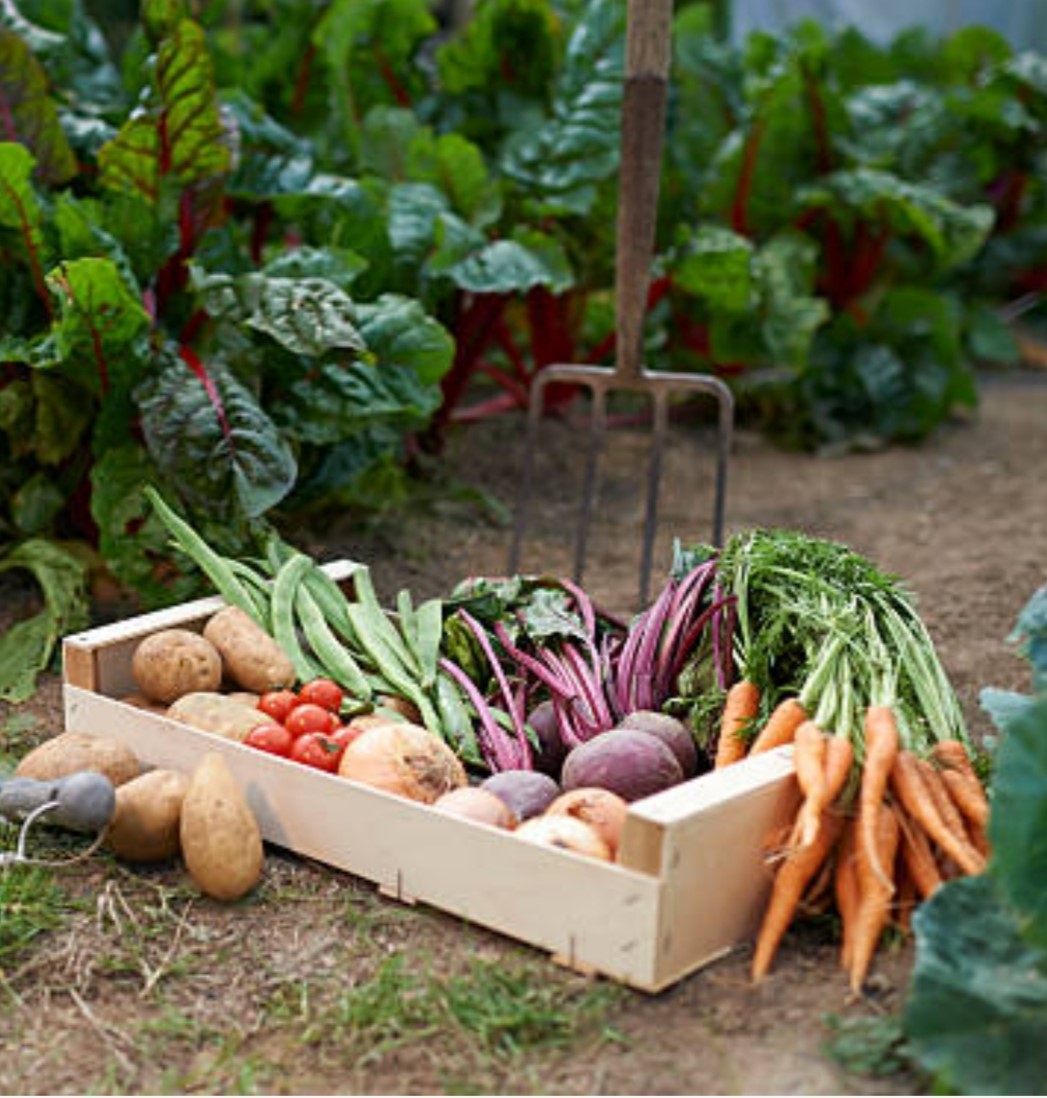
So today let us begin to grow our own vegetable patch. With the benefit of a website, we can enjoy watching it develop on line. If those, who are creating their own, would join us, and share their successes and challenges, it would help others produce their very best vegetable crop. It would be great also, if we could plot who is growing what where. Fabulous When it comes to vegetable planting, I am very much a novice, but with some help from you, with your greater experience, I will be able to not only use this information myself, but also to be able to share it with all the other novice veg growers out there, who would love to have a go, but don’t know where to start. I am not keen on spending hours on backbreaking digging and weeding, so have decided to use a method which, I have learned, protects nutrients in the soil, reduces our carbon footprint, keeps the worms happy, and may even produce better veg. Of course, you may prefer to use the traditional method of digging and weeding ???? Vegetables, of course, can be grown in pots and containers, both inside and out, or straight into your garden soil. I am going to grow my food organically rather than use chemical fertilisers. As I mentioned, I would like to grow using totally organic techniques, which date back to before the Industrial revolution. They worked beautifully then, and do now, forming the basis of a method known as permaculture, which, will repair our ecosystems, restore biodiversity and allow us, to become self sufficient, whatever the climate, both now, and in the future. Just with 1/10th of an acre it is possible to feed a family, and have plenty left over to sell – see video. The method can even be used in the desert! The technique is known as sheet composting. It involves placing overlapping sheets of cardboard and/or newspaper straight on top of the ground, and layering compost on top on top of it. For this year’s planting, I will buy my peat free compost. Peat is a natural ally against climate change, and an important wildlife haven, but still the peat lands are being depleted for compost production. At the end of the summer, I will attempt to make my own, and leave it to rot over the winter, ready for next spring. Dry, brown carbon rich material is collected first, and stacked on a pile. This includes dead leaves, scrunched up paper, tree branches and egg boxes. Green, nitrogen rich material should be added next, such as grass cuttings, fruit waste, tea bags and plant prunings. Some nice manure would be an added bonus, horse being a firm favourite. By the time the cardboard has rotted, all the weeds will have died. For more information, do search for permaculture/sheet composting. The next covering, particularly with potatoes (and, in fact any vegetable) is straw, usually about 8 inches thick, which, as it rots down, should be built up again to 8 inches. The straw will keep your vegetables warm in the cooler months, and cool in the summer, and holds in moisture so that less watering is required. Also it can be used as a top layer in your containers Effectively, we now have a raised bed, requiring no tilling of the land, no weeding and a way of retrieving our vegetables in tact without damage from digging. I’m looking forward to it. Sounds pretty straightforward, but we’ll see! When the weather is cold and plants are outside in either the ground or in containers, there are many things that could be used to cover them. There are fleeces, cloches, and plastic tunnels which can be bought, but also old sheets, plastic containers, milk bottles with the bottoms cut off and so on. There are cold frames, which could be bought or home made, and,of course, you might have a greenhouse. Also a thick layer of straw will protect them too.
Are you growing your own Veg?
Please let us know where, and we'll add you to the map
The map ID you have entered does not exist. Please enter a map ID that exists.

